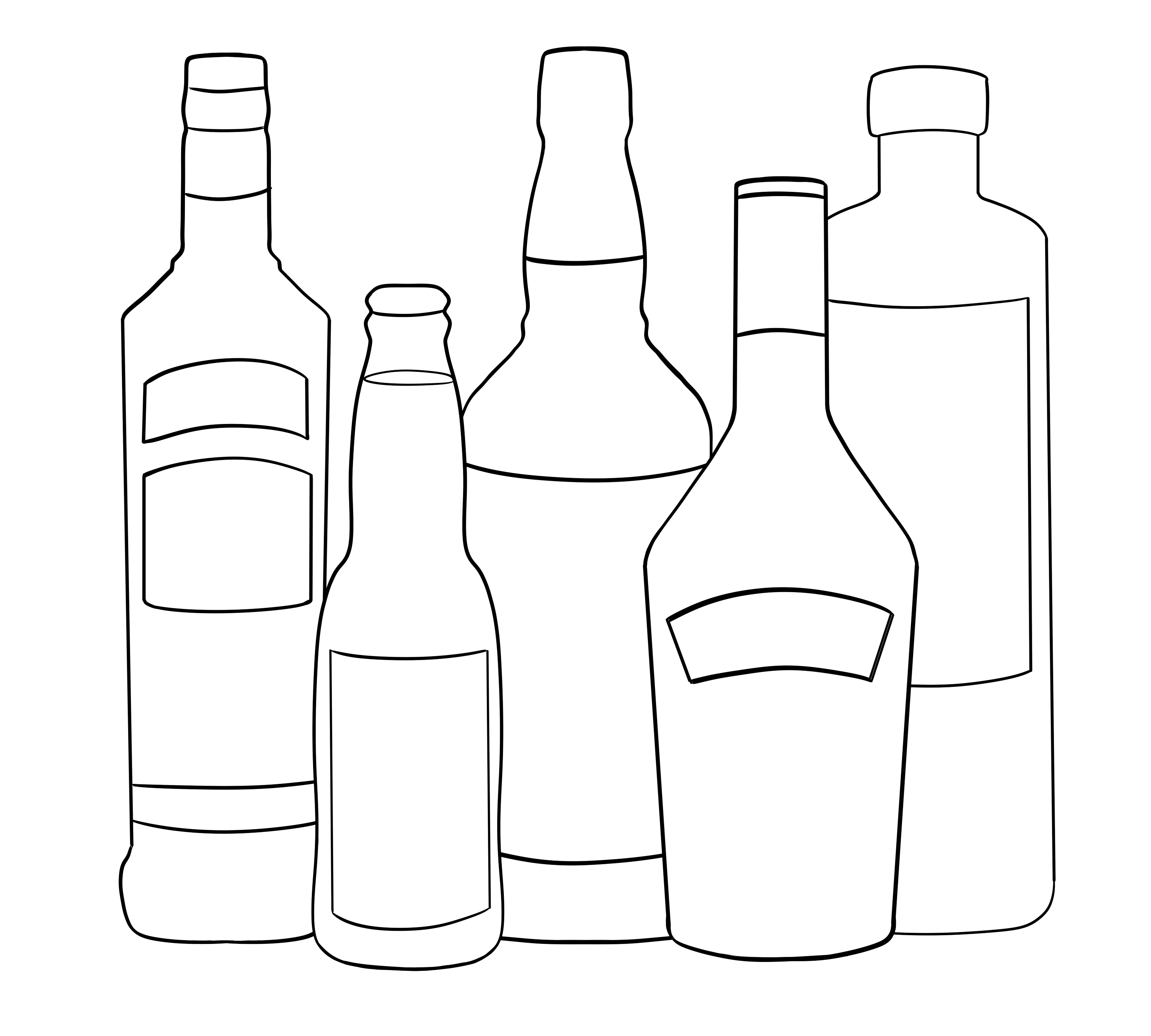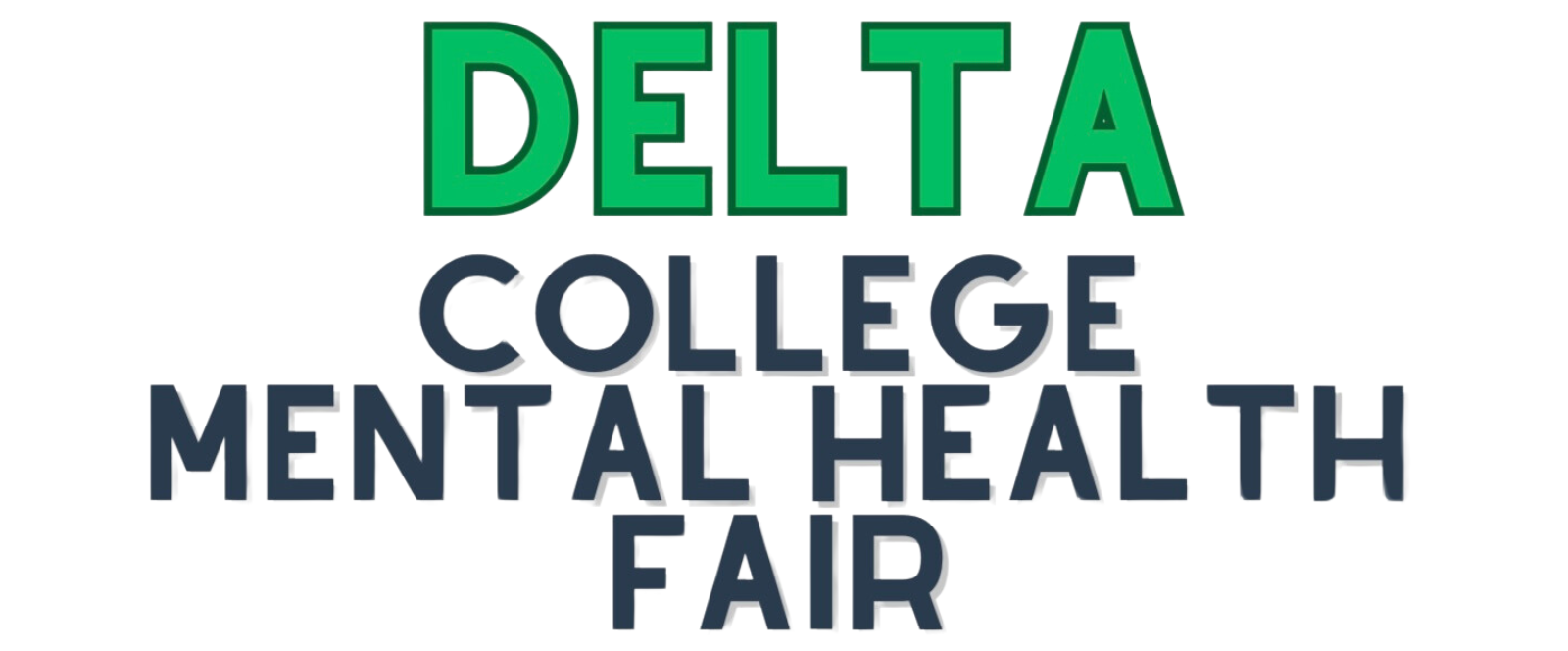
By Jordan Green
UNIVERSITY CENTER – Another spring break is in the books. Before you and your friends add up and split the total for alcohol, though, make sure you tally up the full cost of drinking by considering the health complications that tag along during those wild nights out.
A study found that college males consume up to 18 drinks a day during spring break, while women reported an average of 10 drinks per day.
Health science professor Waleed Elshaarawi says drinking is one of the worst things you can do to your body.
“70% of livers who have cirrhosis [scarring to the liver] is caused by alcoholic consumption,” explains Elshaarawi.
Many college students, however, are more concerned about how bad the hangover will be the next morning. Elshaarawi says a hangover is the body’s way of trying to clear the toxins within the body and to show how bad your body is being affected by it [alcohol].
“If you are introducing lots of toxins into your livers and kidneys,” says Elshaarawi, “you’re going to cause damage.”
And if you find yourself trying to honor the code of “Beer before liquor, never been sicker; liquor before beer, you’re in the clear,” understand that this doesn’t ring any truth. Healthline suggests that what you ate and how much you drank during the night, along with other considerations, determines the amount of sickness that occurs.
What you drink makes a difference
More trendy beverages among college students are Bud Light’s Straw-ber-Rita, Mike’s Harder Lemonade and Smirnoff Ice Smash, all containing an 8% alcohol content volume. These drinks are heavily processed with sugar, carbon and artificial flavors.
“The more synthetic, the more you go into different side effects,” says Elshaarawi.
For example, take an 11.2-ounce bottle of Smirnoff Ice. It has an alcohol content of 4.5% and contains 33 grams of sugar, or 8.25 teaspoons. The daily recommendation of sugar for men and women is less than 10 teaspoons.
As your body is trying to clean the toxins from the alcohol, it now has to metabolize almost the daily limit of sugar that was gulped down with it. Like alcohol, sugar negatively impacts the pancreas, liver and kidneys.
A popular mixer for alcoholic beverages is energy drinks, such as Red Bull and Monster. By adding these to your drink, you’re increasing the risk of heart palpitations, and when mixed with other drugs and medications, you’re setting yourself up for the worst kinds of conditions.
“Having an energy drink by themselves is super unhealthy,” Elshaarawi says. “There’s a lot of nicotine in them. [There’s also] different side effects [that] will affect your heart.”
Elshaarawi encourages students to refrain from alcohol consumption due to the damaging effects on the body and person in general.
Abstinence from alcohol might prove to be the most effective way to stay safe from the damaging effects, but the reality is that college students like to drink. A lot.
The best ways to protect yourself and your body are to sip water between drinks, never wander off alone, stay around people you trust, watch how much you drink, don’t take drinks from strangers and never be afraid to call for a ride home.


